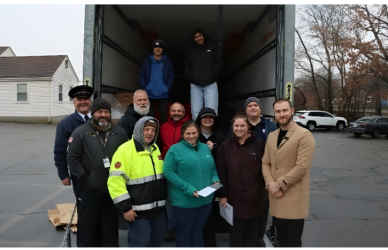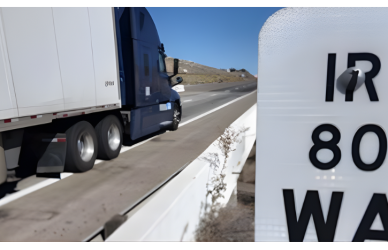The U.S. Department of Transportation’s Pipeline and Hazardous Materials Safety Administration (PHMSA) has put forth a proposed rule designed to save businesses and consumers nearly $100 million annually. Announced on Monday, this rule aims to modernize and streamline existing regulations to align with contemporary technologies, practices, and understandings regarding hazardous materials.
This proposal includes updates to packaging protocols for hazardous material transportation, and aims to ease the requirements for U.S. truck drivers by simplifying hazard communication for fuel transported in tanker trucks. Additionally, it encourages innovation and safety enhancements for rail cars carrying hazardous materials by reducing review times for tank car design advancements. It also adopts recommendations from the National Transportation Safety Board for advanced rail tank car design standards. The proposal further seeks to update agricultural equipment regulations by setting manufacturing standards for new fertilizer tanks and allowing video and fiber optics technology for inspecting and calibrating cargo tanks in both agricultural and non-agricultural settings.
“Hazardous materials are a significant share of the essential goods routinely shipped in the United States, and the Biden-Harris Administration is working to make it more affordable and straightforward to safely move these materials through our supply chains,” said U.S. Secretary of Transportation Pete Buttigieg. “The proposal we’re announcing today streamlines requirements while maintaining safety measures, helping to reduce costs for businesses and consumers and make it easier for drivers to do their job.”
Among the proposed changes are revisions to registration requirements to support electronic submissions. The rule also allows cargo tanks to display the UN ID number for the lowest flash point petroleum distillate transported on that day, excluding gasoline and alcohol fuel blends with over 10% ethanol. It mandates bonding and grounding during the transfer of combustible or flammable liquids from cargo tank motor vehicles, and permits using video equipment for inspections. Cargo tanks with certain defects, such as “bulges,” may be deemed unsafe. Additionally, the proposal includes new inspection and maintenance rules for external ring stiffeners on cargo tanks made from metals other than mild or high-strength low-alloy steel.
PHMSA Deputy Administrator Tristan Brown noted that the proposal prioritizes reducing regulatory burdens on truck drivers and enhancing the efficiency of America’s critical energy transportation supply chains.
The proposal is currently under review by the Office of the Federal Register and is viewable on PHMSA’s website. Stakeholders can submit comments on the proposal for 90 days following its publication in the Federal Register.
Source: Commercial Carrier Journal











